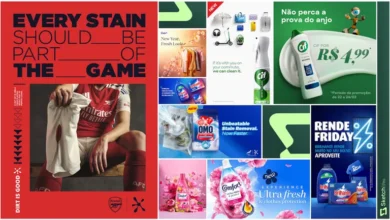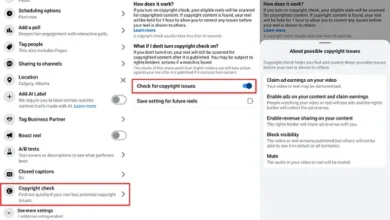Report Shows Pinterest Drives More Total Attention Than Other Apps

Pinterest has published a new study which underlines the value of aiming for both “passive” and “active” attention within your promotions, which can help to drive more interest, and action, in response to your ads.
So what is passive versus active attention?
As per Pinterest:
“Active Attention strategies help you to break through, because they can’t be ignored. They provide that spark of awareness, teaching people something that they didn’t know. Meanwhile, Passive Attention tools are constant reminders. They reinforce something that’s already been learnt and keep your brand top of mind during the broader decision-making process.”
So it’s both attention-grabbing highlights and smaller, less conspicuous branding efforts, with the two, in combination, playing a role in expanding brand awareness.
In order to provide a measure of how these elements function in a Pin context, Pinterest commissioned Amplified Intelligence to conduct a study of consumer attention patterns, using measures like eye tracking and device usage to glean more insight into how exactly people respond to different apps.
Based on this, the research shows that Pinterest is actually highly successful at driving attention, in fact, 170% more so than other platforms.

How?
As you can see in the above figures, the data shows that Pinterest is actually much better at driving passive attention than other apps.
“A big reason for this is, quite simply, that people enjoy the content on our platform. And that’s by design. We want people to feel good on our platform, so we’ve created a place that inspires people to take action in their own lives. And when they come to Pinterest, they’re taking their time, scrolling 1.5x more slowly past ads on Pinterest, compared to people on other platforms.”
In combination, this helps Pinterest maximize attention, on both fronts, which could be an important consideration for marketers.
Based on these findings, Pinterest says that marketers should look to:
- Put your content in context – Pinterest says that active attention is increased when ads are shown in relevant context, like showing a handbag ad among fashion content. That makes sense, and on Pinterest, there’s more opportunity to place aligned products alongside other queries, adding more potential value.
- Make your creative happy – Pinterest says that ads which prompt stronger emotional response increase reaction, with happy responses sparking more attention. “In the study, ads with a high concentration of happiness and surprise drove more total attentive seconds than ads with a low concentration of happiness and surprise.”
In summary, by combining active and passive approaches, you can drive stronger audience response, and Pinterest provides more opportunity to tap into these elements.
Worth considering in your approach.
You can read Pinterest’s full study report here.




